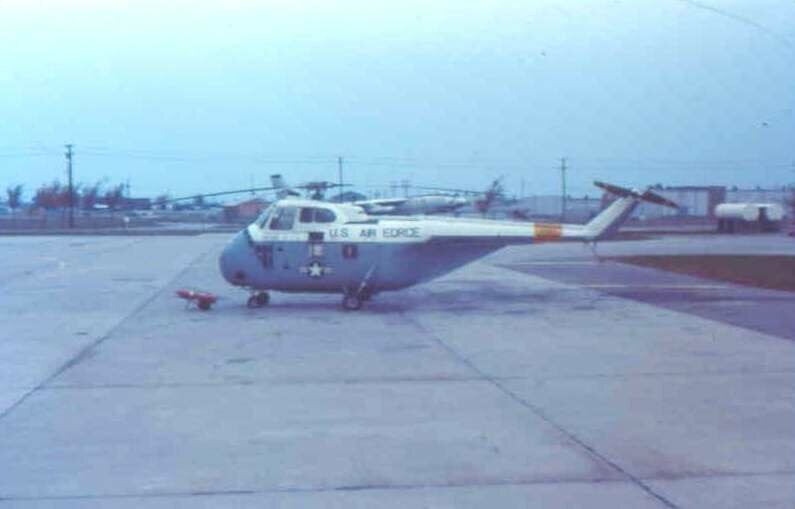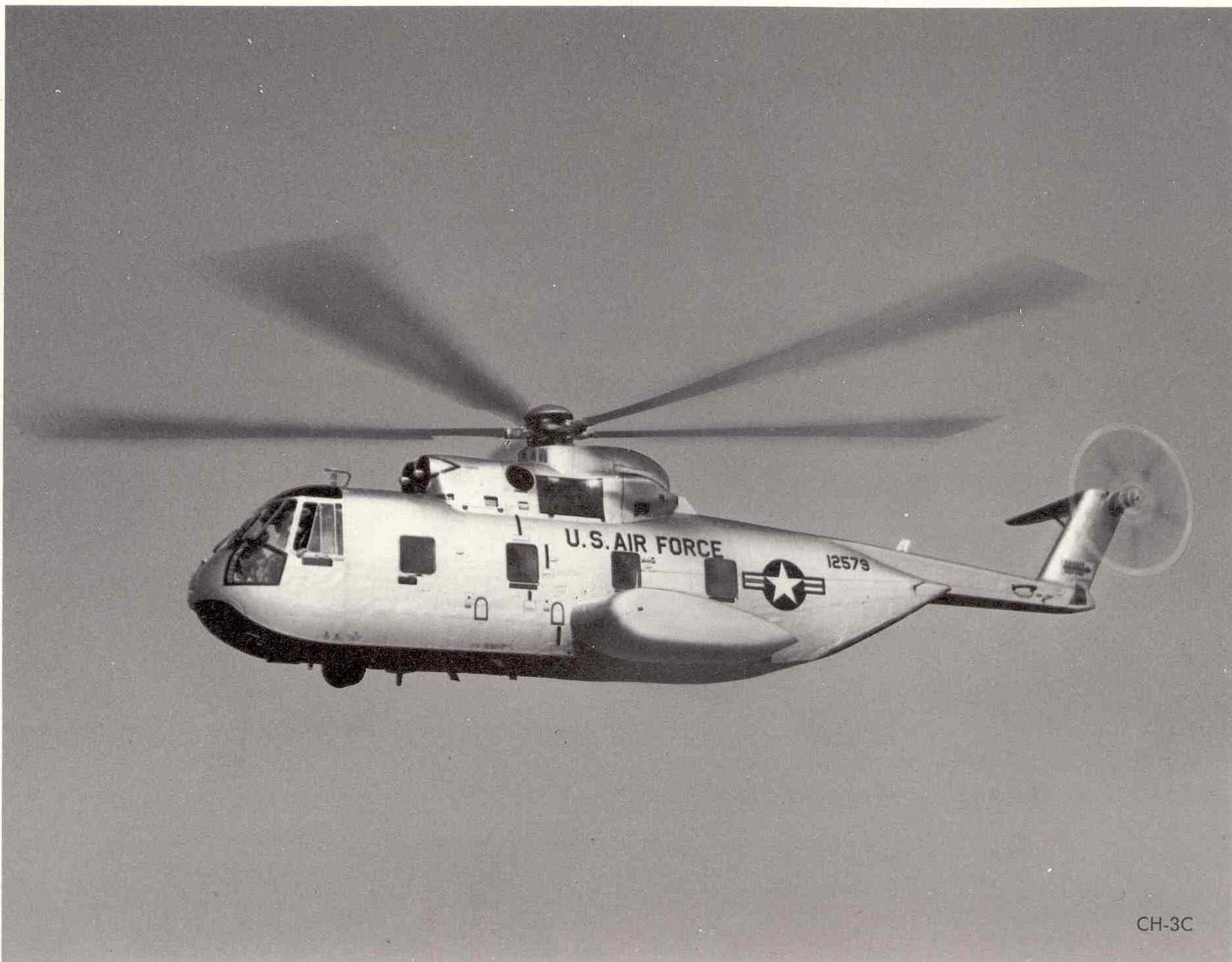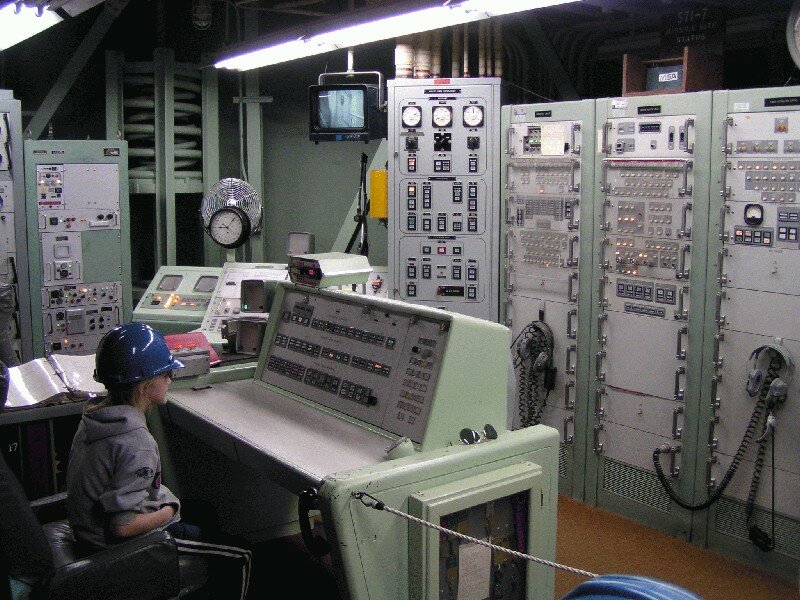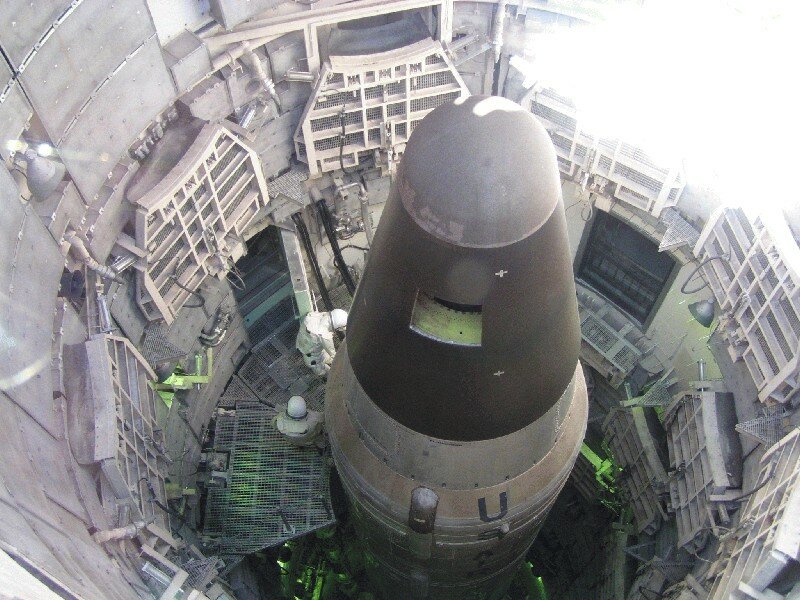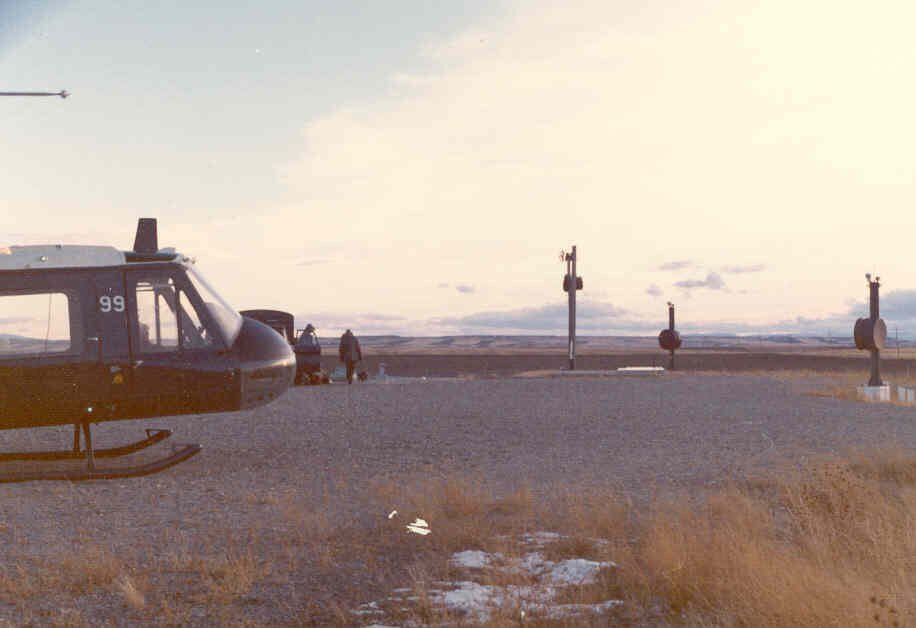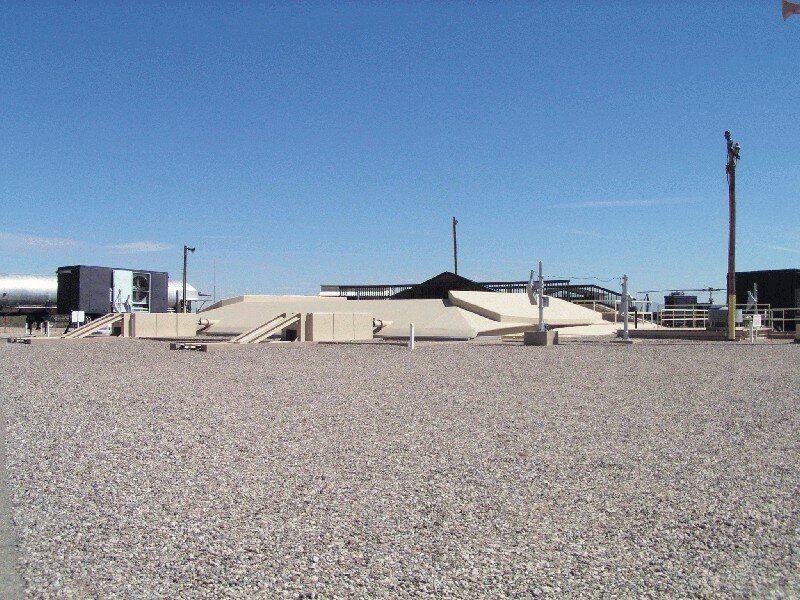MISSILE SUPPORT
|
|
|
STRATEGIC AIR COMMAND 1963-1974
|
|
|
Sikorsky CH-3B |
Sikorsky CH-3C |
The first Minuteman ICBM (Intercontinental Ballistic Missile) sites were being built around Malmstrom AFB, Montana in 1962 under the command of the Strategic Air Command (SAC).
The Strategic Air Command (SAC) began getting helicopters in the early 1960's. H-19's were the first helicopters used for the SAC missile support. The helicopters would carry supplies and parts to distant sites for timely repair or replacement of parts. They also transported operations and security personnel.
In Feb 1963, two CH-3B’s from the Texas Tower operation at Otis AFB, Mass, were sent TDY to Malmstrom AFB, MT. The Minuteman missile silo electronic security was not working, so security was being accomplished by Air Police guards being placed on every missile site! These guards were in the open and so needed to be rotated in shifts resulting in millions of miles driven per month with an accident rate the highest in AF. The two CH-3Bs became airborne buses making these personnel transfers more efficient. Over the first five months over 7,000 passengers were carried plus cargo.
In August 1963, both CH-3Bs and crews from Malmstrom were sent to Swift Strike III Exercise in North Carolina. At the close of the Swift Strike III operation, the two CH-3Bs TDY to Malmstrom returned there 22 Aug 1963 with minimum crew for interim until crews PCS to continue operation and until new CH-3Cs delivered to SAC at Malmstrom AFB for Minuteman Missile Site Support. Two CH-3C’s were assigned to Malmstrom AFB in late 1963.
In the "early days" the helicopter would carry missile crewmembers to and from the distant Launch Control Facilities (LCF) for their tour of duty. The Missile crewmembers later rejected the helicopter transport because of late arrivals and weather delays, etc, that resulted in missile crews being stuck at the site after their duty was over.
|
|
|
|
In June 1963, Bell won a US Air Force contract for a helicopter to perform missile site support duties resulting in the "UH-1F", a derivative of the UH-1B. The UH-1F had the 14.63 meter (48 foot) diameter rotor and a General Electric (GE) T58-GE-3 turboshaft engine with 963 kW (1,290 SHP). The GE engine was selected in favor of the Lycoming because the Air Force had an overstock of GE T58s and wanted to make use of them. The first UH-1F flew on 20 February 1964 with deliveries beginning in September 1964. A total of 146 were built.
|
|
In the early 1970's the "Hueys" mission evolved more into security checks of missile sites. A pilot would take a couple of Security Police around to sites to complete security checks that were not accomplished during the night patrol. You would stay out until you got your allotted 7 hours of flying time before returning to base. (Actually SAC was trying to justify their helicopter fleet). Also about this time the need for additional security for convoys carrying missiles became a new job due to civil unrest in some areas and the fear of confrontations with militant and anti-war groups while enroute. A helicopter would fly airborne security patrol over the convoy to report any sign of problems and carried several Security Police just in case.
|
|
|
By the mid-70's, the "F" models had logged a lot of flying hours and the fleet was getting tired. Some had up to 10,000 hours on the airframe In the mid1970's the U.S. Air Force received the twin engine UH-1N to replace the UH-1F's.
|
|
|
Strategic Air Command
Missile Support 1972
Serving in the Strategic Air Command (SAC) there are many different flying specialties working together to foster a safe, professional operation.
The Strategic Air Command recognizes its helicopter pilots. The helicopter force is made up of CH-3 and UH-1 pilots. There are 168 chopper pilots in the command operating from 10 different bases, additionally there are 9 helicopter pilots at headquarters level.
Bases are as follows:
341st SMW, Malmstrom AFB MT (UH-1F) 22 pilots.
5th BW, Minot AFB, ND (UH-1F) 15 pilots.
28th BW, Ellsworth AFB, SD (UH-1F) 16 pilots.
351st SMW, Whiteman AFB, MO (UH-1F) 9 pilots.
319th BW, Grand Forks, ND (UH-1F) 13 pilots.
90th SMW, F.E. Warren AFB, WY (UH-1F) 29 pilots.
100th SRW, Davis-Monthan AFB, AZ (UH-1F) 9 pilots.
381st SMW, McConnell AFB, KS (UH-1F) 7 pilots.
1 STRAD, Vandenburg AFB, CA (UH-1F) 10 pilots.
308th SMW, Little Rock AFB, AR (UH-1F) 7 pilots.
100th SRW, Davis-Monthan AFB, AZ (CH-3C) 27 pilots.
15th Air Force, March AFB, CA - 2 pilots.
1st CEG, Barksdale AFB, LA - 4 pilots.
Hq SAC, Offutt AFB, NE - 3 pilots.
------------------------------
In 1974 the SAC helicopters were assigned to Military Airlift Command (MAC). The aircraft and crews stayed in place at their respective bases and still accomplished the missile support role while picking up a Rescue (ARS) mission.
Det.1 had HH-1H at Davis-Monthan AFB for missile site support during the mid 70s until closing in late 1985
Det.2 had UH-1F at Ellsworth AFB
Det.3 had HH-1H at Grand forks AFB, later 79 RQF (Rescue Flight)
Det.4 at Little Rock AFB
Det.5 at Malmstrom AFB since 1974 until redesignated 40th Helicopter Flight in 1998
Det.7 at Minot AFB, later 54 HF
Det.8 at Vandenberg AFB, later 76 HF
Det.10 at F. E. Warren AFB, later 37 HS
With the START treaty between the US and Russia in 1991, the missile arsenal was downsized and only 3 bases now have ICBM’s, ie Minot AFB, Malmstrom AFB, and F.E.Warren AFB.
Now, in 2014, the UH-1N's still perform their dual mission at the missile bases.
|
|
|
On 1 August 2014, the 3 remaining squadrons flying the UH-1N in support of the USAF intercontinental ballistic missile (ICBM) force ( 37th HS, 40th HSand 54th HS) were merged into a single unified command, based at FE Warren AFB, Wyoming, named 20th Air Force Helicopter Operations Group(20th AF HOG).
Note: The Silo Cover, Control Room, and Titan Missile photos were taken at the Titan Missile Museum south of Tucson, AZ. The Titian sites were supported by CH-3Cs and Hueys from Davis-Monthan AFB. For anyone interested in this mission, this museum is well worth visiting. It is the only Titan Missile Site Museum in the US.
K.V. Hall, Historian USAFHPA

